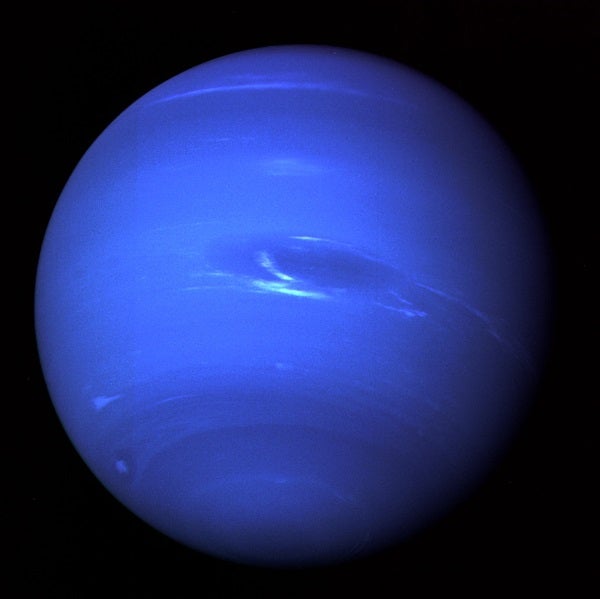
Welcome to “Tour the solar system.” In this series, we give you an overview of the objects in our stellar neighborhood. This video focuses on Neptune, the most distant planet from the Sun.
Yes, despite the objections of fervent Plutophiles, the International Astronomical Union’s “demotion” of Pluto to dwarf planet status in 2006 means Neptune once again has become the farthest planet. It’s a distinction the planet already held for 84 years, between its discovery in 1846 and Pluto’s in 1930, and for another 20 years (1979–1999) when Pluto’s eccentric orbit put it inside Neptune’s orbit. Neptune lies about 2.8 billion miles (4.5 billion kilometers) from the Sun on average, and it’s some 31,000 miles (50,000 km) wide — about 4 times as big across as Earth. A day on Neptune lasts just over 16 hours, and a year there takes almost 165 Earth-years.









